How to Use Transactional Emails To Get Customers to Love You
Transactional emails sound bland, but when done right, they should be anything but. Find out how to tap into this important opportunity to educate and engage.
Updated November 5, 2024
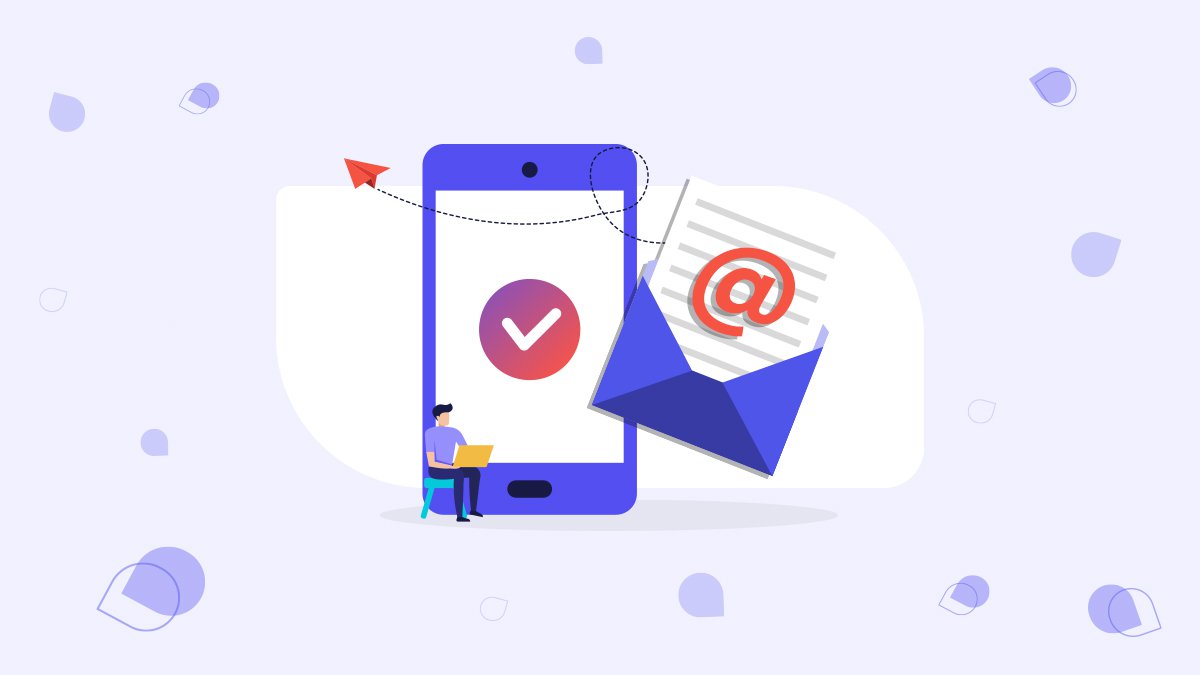
Imagine there's a type of email (almost) all customers want to open, but never have to subscribe to – a type of message so important people genuinely don't want to miss it, and in fact, they rely on it for critical information.
For businesses, these emails are like pure gold: they're frequently outside of the scope of opt-in consent regulations, they keep things informal, they connect and build customer relationships, and they can even have the power to cross-sell and upsell.
This is neither a riddle nor some sort of magic.
It's transactional emails – the unsung heroes of the email marketing space.
Are you using transactional emails right? Are you staying on the legal side of things? And most importantly, are you making the most out of these emails?
Keep reading and learn more about nailing your transactional emails and how to use them your customers' hearts.
What is a transactional email?
A transactional email is an email message sent to individual recipients after a specific action they performed, like a commercial transaction or a password reset request.
Transactional emails are automated and functional in nature. They don't aim to sell (unline a lead-nurturing email), promote, or even educate. Instead, their core goal is to inform and serve an immediate need or address a recent interaction.
And yet, as simple (and, frankly, dull) as they may sound, transactional emails have the power to:
- Inform
- Connect and build relationships
- Engage, and
- Increase satisfaction and retention
with your customers...And all without them having to be subscribed to your marketing emails.
Sorcery? Illegal? Shady, at least?
Not at all. Just a clever email strategy that serves both your business and customers well.
Use cases for transactional messages
Knowing what transactional emails are and when they should be sent is key to elevating your digital communication strategy. Here are some typical transactional email use cases:
Account management
Account management emails are crucial for maintaining transparency and ensuring users have access to information regarding their accounts. Examples include:
- Notification emails about account creation
- Updates to account settings
- Activity summaries (e.g. the case of multiple users sharing one account)
- Security notification emails
- Device login notifications (e.g. when someone logs in from an unrecognized device)
Payment processes
This category of use cases includes messages related to financial transactions. From payment receipts and invoices to notifications about successful payments or payment failures, these emails keep users informed about their financial interactions.
These types of communication are essential because they
- Show transparency (and thus, build trust)
- Keep customers in the loop on what's going on with their money
- Allow you to re-engage customers and avoid churn – particularly important for subscription-based businesses, for example
Event-triggered
Event-triggered emails are generated as a response to specific events, providing timely and relevant information, like:
- Booking confirmation
- Scheduling an appointment
- Notifying registrants about changes to a particular event
Product updates
This category involves emails that update users about a product or service they're using. This could include notifications about product availability, shipping notifications, or changes in product features.
It is important to mention, however, that product update-driven transactional emails are not the same as promotional emails. While they may include some marketing elements, such as cross-selling suggestions or upsell opportunities, their primary purpose is to inform and assist the user with their current product or service usage.
Why are transactional emails important?
It's easy to dismiss transactional emails as just a pure exchange of information. But of all the types of emails, they seem to have the highest open rates. Industry-wide, experts claim that transactional emails have open rates that are multiple times over that of promotional emails. Some say transactional email open rates are around 40%, while others push towards 50% or even 80%.
In any case, numbers like these shouldn't look like an exaggeration. It's natural that transactional emails have high open rates since they contain information people actually want and need:
- New password or password reset links
- Whether or not their payment is accepted
- If the order has been received
- When their package will be shipped
- ...And so on
Here are some of the main reasons transactional emails are so important:
Clarifying expectations
One of the primary purposes of transactional emails is to set clear expectations. Whether it's confirming an action taken by the user or providing details about a purchase, these emails help minimize confusion and uncertainty.
Making the buying process convenient
Transactional emails play a pivotal role in making the buying process convenient and seamless. By promptly providing order confirmations, payment receipts, and shipping updates, they enhance the overall buying experience.
Increasing engagement rates
Transactional emails often see higher engagement rates compared to marketing emails. Since they deliver information that the recipient expects or needs, users are more likely to open, read, and interact with transactional emails.
The difference between transactional email vs bulk email
To build effective campaigns and stay on the legal side of GDPR, CCPAA, and other data privacy regulations, you must understand the difference between transactional and marketing (or bulk) emails.
Transactional emails are tailored to specific actions or events, providing essential information to the recipient. Their purpose is to inform, as a result of an action or request the customer has made, which means they're exempt from opt-out requirements.
On the other hand, bulk marketing emails are promotional in nature and are sent to large numbers of subscribers or customers at once. Because these types of emails don't rely on a single customer's interaction or request, they fall under different regulations.
Which emails qualify as transactional?
Knowing which emails qualify as transactional is important for several reasons, including:
- Avoiding legal issues
- Creating a better user experience
- Ensuring proper email delivery
Simply put, transactional emails should solely contain information that is necessary for the recipient to receive or act on. In other words, they are functional emails that cannot be replaced by any other form of communication.
In some situations, the line delineating between "transactional" and "marketing" emails is less clear. For instance, a common question is whether abandoned cart reminder emails qualify as transactional.
They are triggered by an action someone took on your website, and they may have genuinely forgotten to place an order (we know just how easy it is to get distracted online, right?!). But at the same time, they are quite promotional: their goal is to nudge customers to complete their purchase.
So, are they transactional or marketing messages?
From a business standpoint, they're transactional – kind of like calling someone who's just left your coffee place because they forgot their wallet there. But from a legal standpoint, it depends on where the user's jurisdiction is.
So to send abandoned cart emails to people who haven't subscribed to your mailing list, utilize segmentation. You can segment customers by location and only send abandoned cart transactional notifications to those who are from places where this type of email is not legally considered promotional.
It sounds complicated, but a good email tool will help you draw the line and automate the process, so that you can focus on building a good user experience.
Examples of transactional emails
Not sure where to start with setting up your transactional communications? Here are some specific examples of transactional emails you should consider:
Account alerts
Account alerts are notifications about account activity, security updates, or important changes in the account settings.
Abandoned cart emails
Abandoned cart emails are triggered when users add items to their cart but leave the website without completing the purchase. Remember that these emails only qualify as transactional in some jurisdictions – so be sure to do your research and segment your automations accordingly.
Order and shipping events
These emails provide critical information about orders, such as order confirmations, shipping updates, and delivery notifications.
Customer service team responses
Transactional emails often include responses to customer inquiries or issues, ensuring timely and personalized communication.
Password reminders
Automated emails that assist users in recovering or resetting their passwords fall under this category.
Feedback requests
Soliciting feedback from users about their experiences, purchases, or interactions through automated emails is a common transactional practice.
Welcome emails (for subscriptions)
When a user subscribes to a service or a newsletter, a welcome email is sent to confirm the subscription and provide relevant details.
Password reset emails
Users receive these emails in response to a request for a password reset, providing a secure link to reset their password.
Payment invoices
Invoices for payments made or services utilized are sent as transactional emails, providing a record of the transaction.
Payment failure notifications
These are email alerts that inform users of failed payment transactions and suggest action- steps to rectify the issue.
Legal updates
These emails notify users about changes in terms of service, privacy policies, or other legal matters (such as acquisition information, data breaches, etc.).
Double opt-in emails
Users receive customer consent confirmation emails after signing up for a service, requiring them to confirm their subscription. A double opt-in is a really important feature that can help improve your open rate and email engagement.
Security checks
In cases requiring additional security checks, transactional emails are sent to users for verification.
Examples of bulk or marketing emails
For the purpose of comparing the two, here are some examples of bulk or marketing emails that differ from the transactional ones listed above:
Newsletters
Newsletters are regularly scheduled emails providing updates, news, or information about a product, service, or company. Email marketers usually send these on a regular basis (like monthly or fortnightly), and they almost always follow the same layout.
Educational drips
Drip email campaigns are email flows designed to educate the recipient about a specific topic or product. They are usually time-triggered and aim to gradually build interest through informative content.
Nurturing emails
This type of email is similar to drip campaigns, but it tends to be more personalized, driven by specific actions users take, and more connected to the customer journey.
Welcome sequences, aka "onboarding emails"
Welcome sequences are email flows designed to welcome and guide new users in using a product or service. They sometimes include an onboarding component as well, to teach new customers the ropes of using a product or how to get the most out of a service.
Event announcements
As their name suggests, event announcements are emails promoting events, conferences, or webinars. Because they are promotional, they can only qualify as marketing emails.
Sales and promotional campaigns
These are emails aimed at promoting discounts, sales, or special offers. If someone has not subscribed to receive this type of communication from you, they automatically fall under marketing emails. Mother's Day, Saint Patrick's, and even anniversary emails can all be included in this category.
Vouchers and giveaways
These are emails offering vouchers, discounts, or participating in giveaways. They can be time-based (e.g., when a user has been on the platform for a given amount of time) or based on specific actions (e.g., a user who has purchased items worth over $100).
Re-engagement emails
These emails are designed to bring back inactive subscribers or customers, usually through enticing offers or special content. A browse abandonment email falls in this group because it aims to re-engage someone who looked at a product or category on your website but has not added anything to their cart.
Anti-spam laws applicable to transactional emails
Anti-spam (like the CAN-SPAM Act) and data privacy legislation (like the GDPR) are not to be taken lightly. Not from a legal standpoint, and certainly not from a customer trust standpoint.
While laws differ by country and region, here are some general guidelines to keep in mind:
- Marketing emails must only be sent to a user who has an existing relationship with your company. An example of this is a customer or a subscriber to your email notifications.
- The content of transactional emails should be directly related to the transaction or service provided, such as order and shipping confirmations, account alerts, etc.
- Transactional emails should not contain promotional material unless explicitly requested by the user. However, you can include some promotional content. To be safe, it shouldn't exceed 20%, and it should always be placed towards the end of the email.
- The core of the transactional information needs to be "above the fold," i.e. in the first part of the email.
- You don't have to include an unsubscribe link in transactional emails, but it's good practice to allow users to manage their email preferences.
- Always include your company's contact information in transactional emails.
- Make sure your subject line is clear and accurately describes what the email is about.
Be mindful of anti-spam laws and always prioritize transparency and compliance when sending out email communication. Doing so will help you avoid hefty fines, losing your customers' trust, and damaging your business' reputation.
How transactional emails work
Transactional emails are typically triggered by specific events or actions, promptly delivering the necessary information to the recipient. These events could range from a purchase on an e-commerce platform to a password reset request on a website.
For instance, this is how a typical flow would look like in eCommerce:
- The user submits an order on your website
- The system confirms the payment and sends an email
- The system sends an order confirmation email
- When the items are shipped, the system sends another notification (likely containing a tracking number, delivery info, etc.)
- Once the package has been delivered, the system sends one last email requesting feedback
To make all of this happen, you will have to integrate your email marketing tool, website, payment provider, delivery company system, and eCommerce platform by using APIs. Most worthwhile tools make this easy by providing direct, one-click integrations with other systems and software applications. They want to ease their users' workflows and help automate processes.
Best practices for transactional emails
There is no magic recipe for writing and sending transactional emails that go beyond the transaction. However, if you aim to build connections (and maybe nudge customers to come back and buy more products from you), keep the following tips in mind:
Personalize your message
Address the recipient by their name and tailor the content to their specific interaction or transaction. The more personal you are, the more likely they'll feel like you're talking to them as an individual, not just another customer or subscriber. Research shows using someone's name in an email can increase open rates by 35%. The data clearly confirms what common wisdom always knew: advanced email personalization is key.
Or, as Dale Carnegie said in "How to Win Friends and Influence People," a person's name is to that person the sweetest and most important sound in the world.
Keep it brief
Transactional emails should be informative and concise. Avoid lengthy blocks of text or too many images that could distract the recipient from the essential information they need to know.
Use a clear subject line
Make sure your subject line accurately reflects the purpose of the email and is not misleading or deceptive. Customers are more likely to open an email when they know what to expect.
Optimize for mobile devices
With the rise of mobile usage, it's crucial to make sure your transactional emails look good and function correctly on any device, from desktops to smartphones. This means using responsive design techniques and testing your emails before sending them out (make sure those custom fonts look right).
Remind and upsell
Leverage transactional emails to remind users of other offerings or products they might be interested in. Make sure this is subtle and not overly pushy – a small section at the end of the email suggesting similar or complementary products will do.
Create enthusiasm
Craft the email content to engage and excite the recipient, encouraging further interaction. Your customers should feel excited to buy from you – and, likewise, you should feel honored and excited they have chosen you to buy from. Make sure this is all visible in how you write your email.
Looking for someone to help you capture the enthusiasm you need, in the brand voice you want? Hire a professional email copywriter vetted by Mayple. We'll match you with the best one for your business in a matter of days!
Include an order-tracking link
For order-related emails, always provide a direct link for users to track their orders easily. People want to know what's going on with their packages, and they want to have access to this information as quickly and as painlessly as possible.
Test and monitor
Like any other marketing campaign, it's essential to continuously test and monitor your transactional emails' performance. Use A/B testing to see what works best for your audience and make adjustments accordingly. Additionally, keep an eye on metrics such as open rates, click-through rates, and conversions to gauge the effectiveness of your email efforts.
Be timely
To maintain relevance and usefulness, ensure that transactional emails are sent promptly after the triggering event. For instance, if someone places an order, be sure their post-purchase email shoots out soon after the sale is complete.
Start with the factual information
Begin the email with the most crucial and relevant content, followed by any additional details or context. Otherwise, it might feel like you're trying to fool your audience into reading promotional content – and that's the last thing you want or need.
Add an easy way to contact support
Include clear instructions on how users can contact customer support if they have any queries or concerns. This shows you're there for your customers and that they can rely on you for any assistance they might need.
Include other ways to stay in touch
A quick link to your social profiles or a link to your company's loyalty program can help your customers stay in touch with you, and stay updated on special offers, product releases, and more. Make sure you include this type of link at the end of your email to promote omnichannel communication and solidify customer engagement and loyalty.
Remember to brand the emails
Just because these are transactional messages, it doesn't mean they have to be bland. Use your company colors, graphics, tone of voice, and branding elements to make the emails visually appealing and consistent with your overall brand image.
Transactional emails: bringing a human touch into marketing strategy
There's a reason Starbucks writes your name on the cup and not "customer who wants an Americano with oat milk." That small detail is just one part of their strategy to make you feel more than a mere number. No matter where you are, Starbucks does this to make you feel valued – and not just another walking wallet. It also makes you feel like a regular, even if you've just landed in a country you've never seen before.
Similarly, transactional emails can bridge the cold, lifeless experience of the internet and the warm feeling of interacting with another human being. They can make the shopping experience more personal, build customer loyalty, and even encourage positive reviews.
In a world where personalization and efficiency matter more than ever, transactional emails offer a perfect blend, keeping users informed and engaged while subtly reinforcing your brand's identity. Embrace these best practices, and let your transactional emails become a cornerstone of your customer communication strategy.
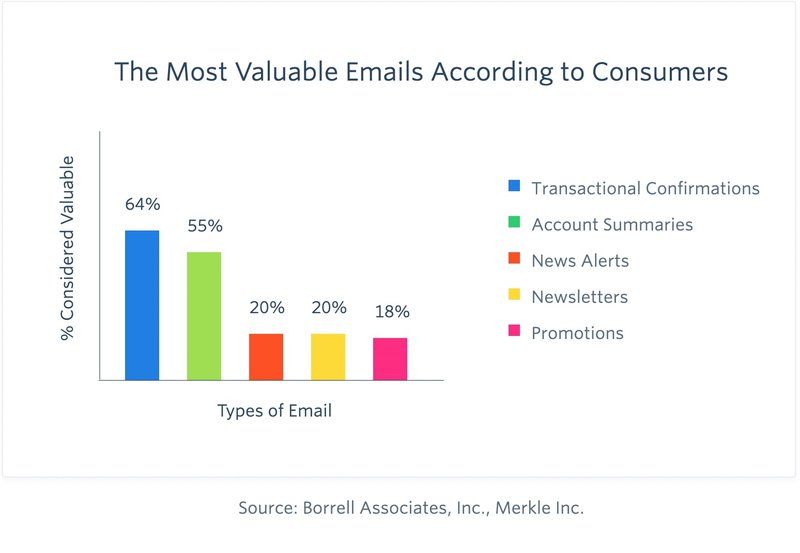

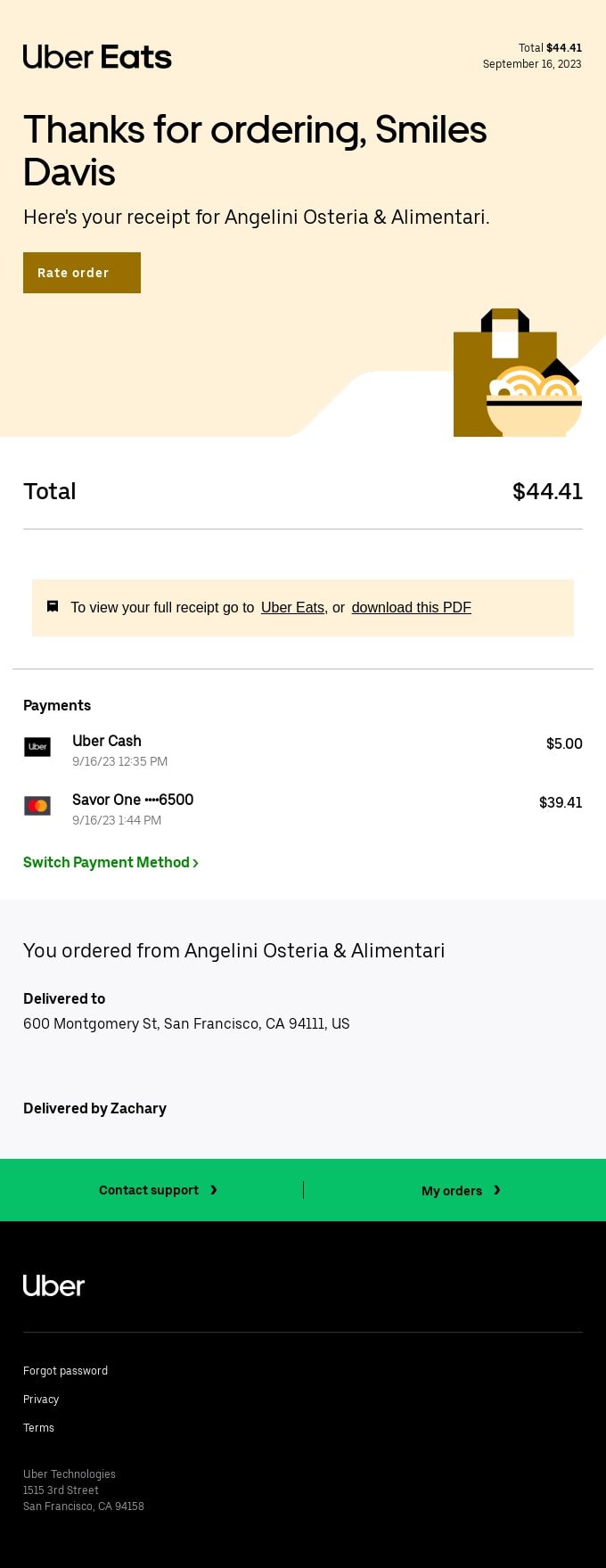


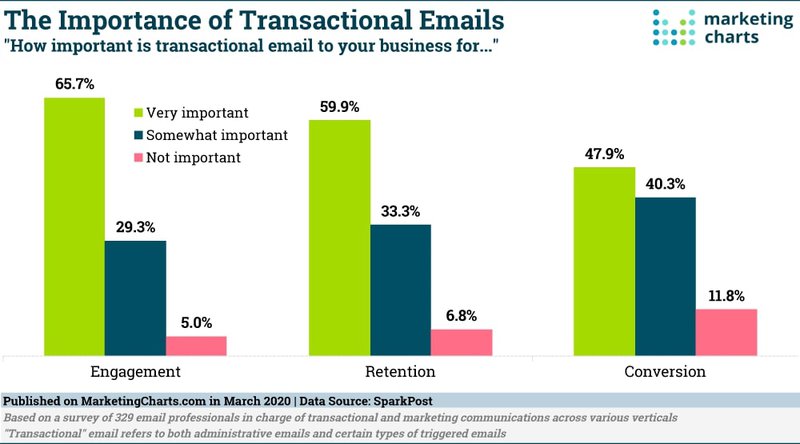
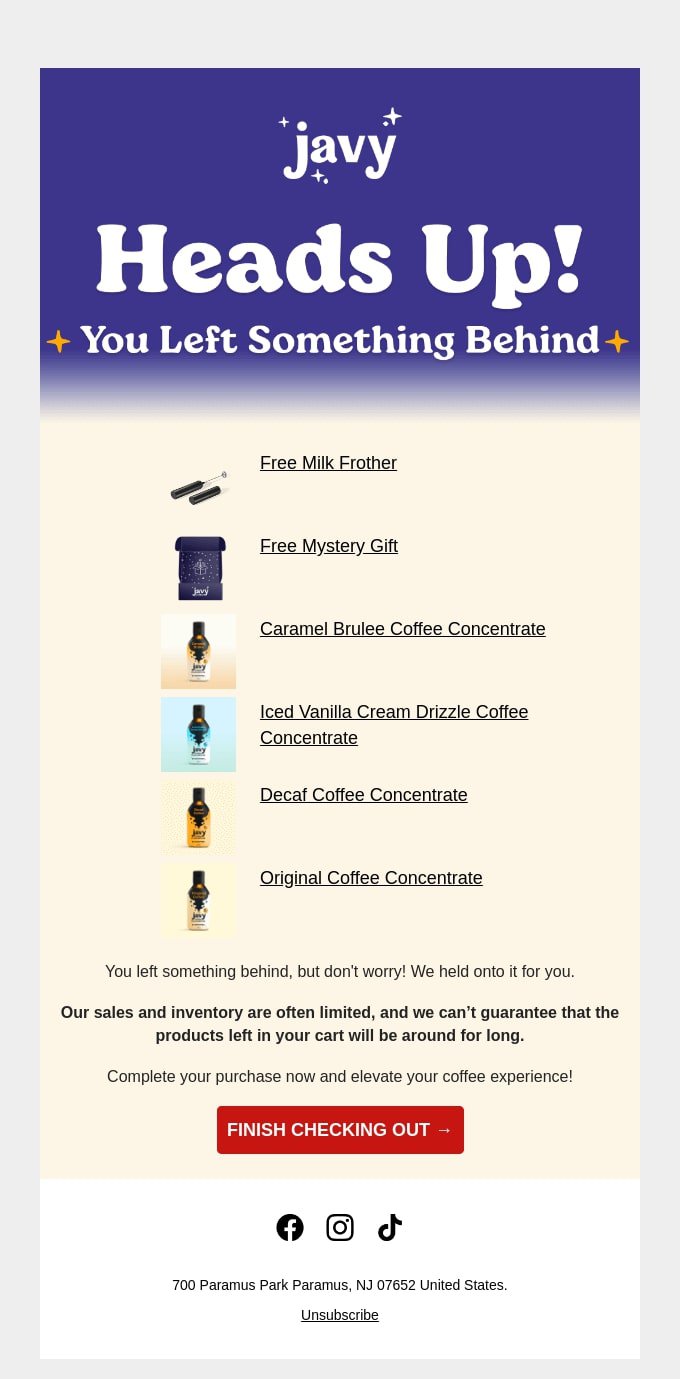
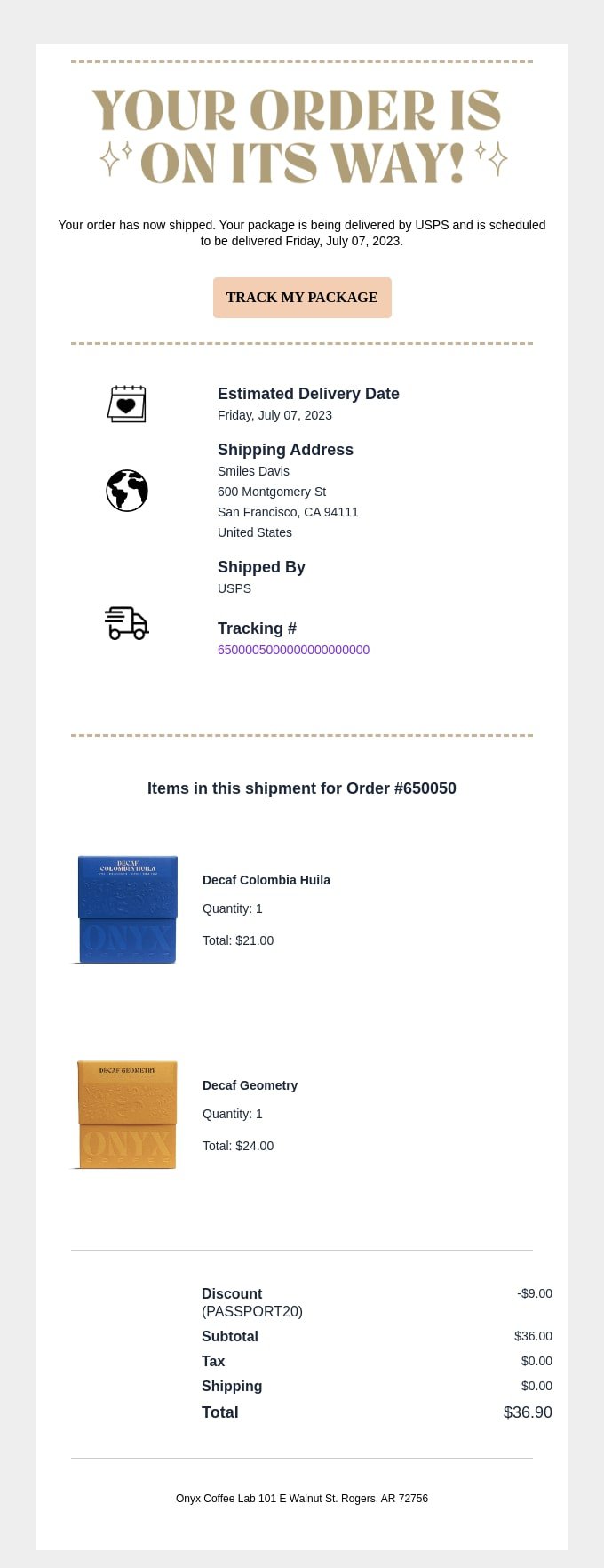


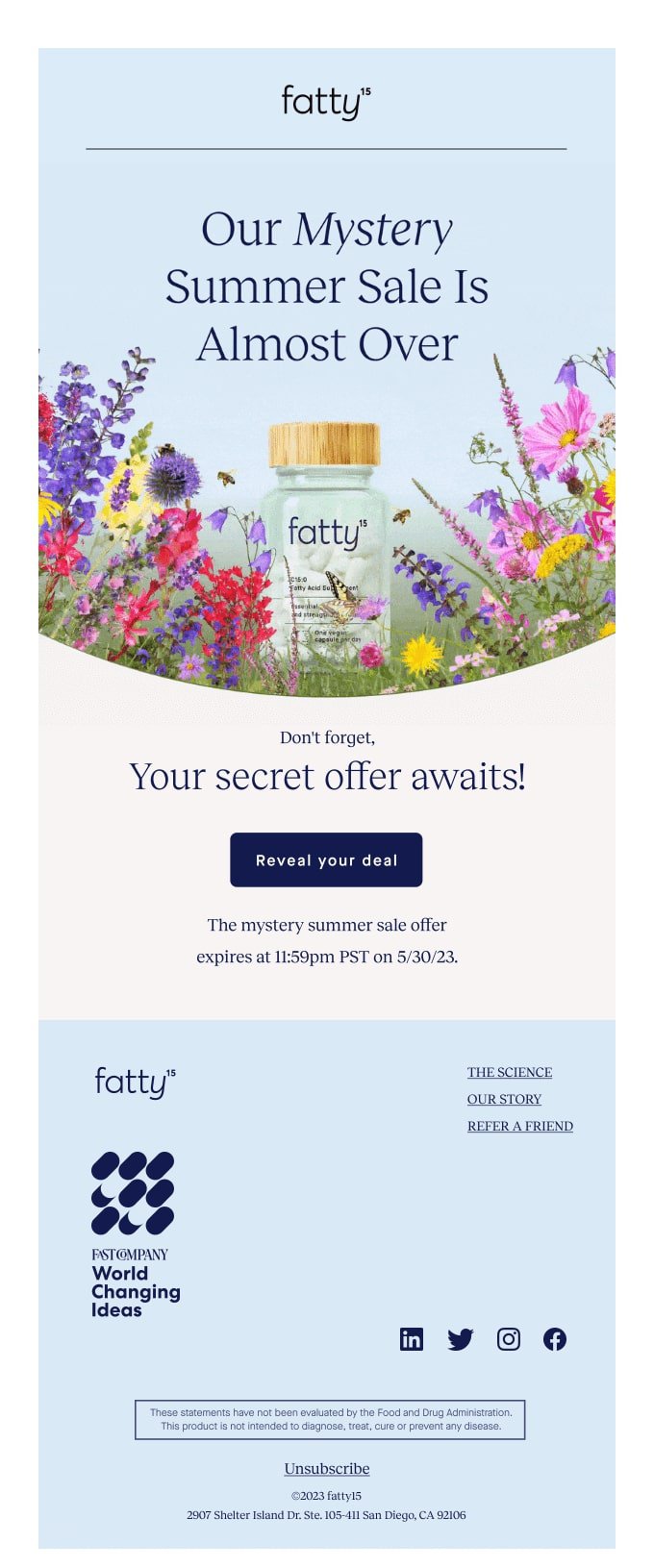
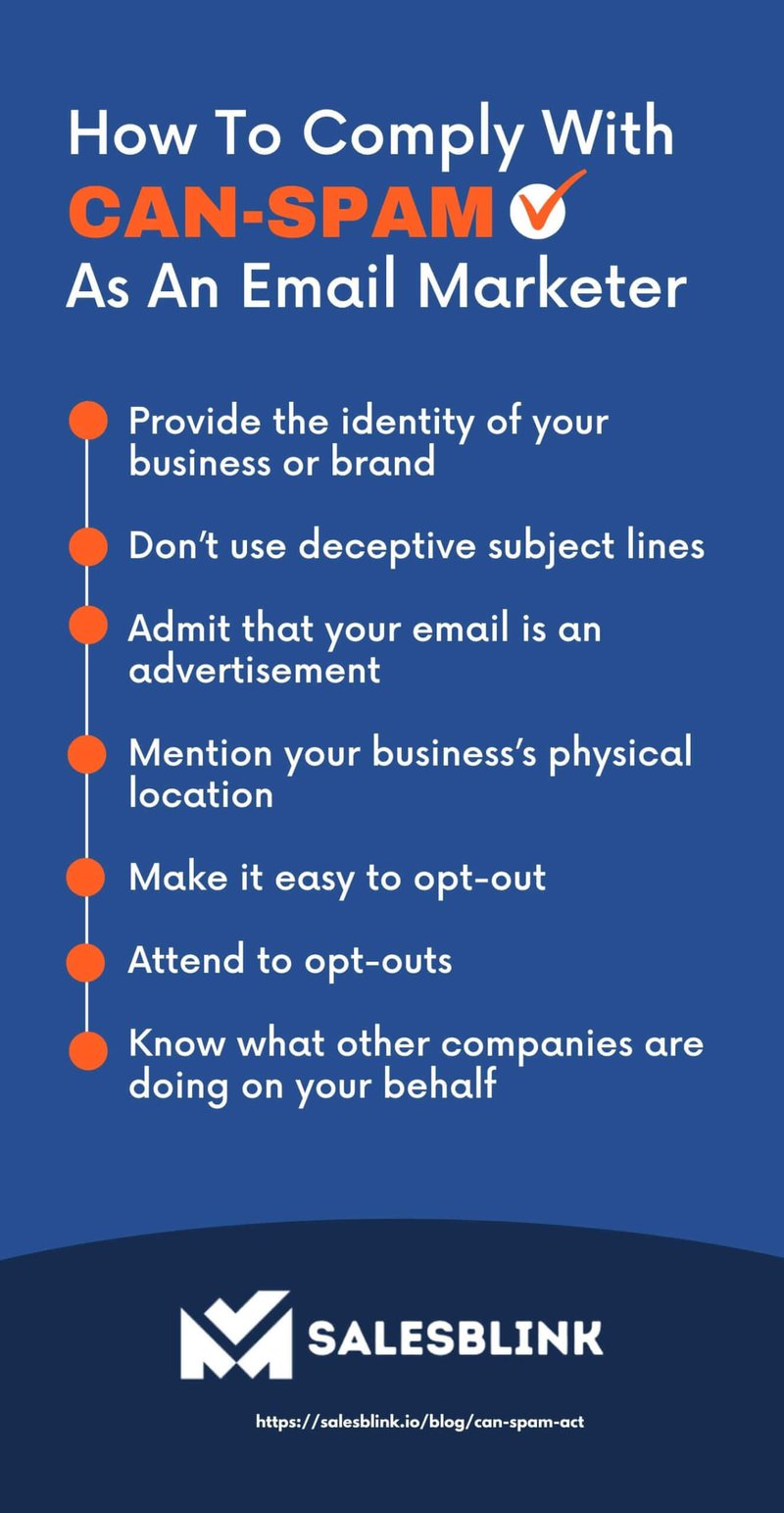
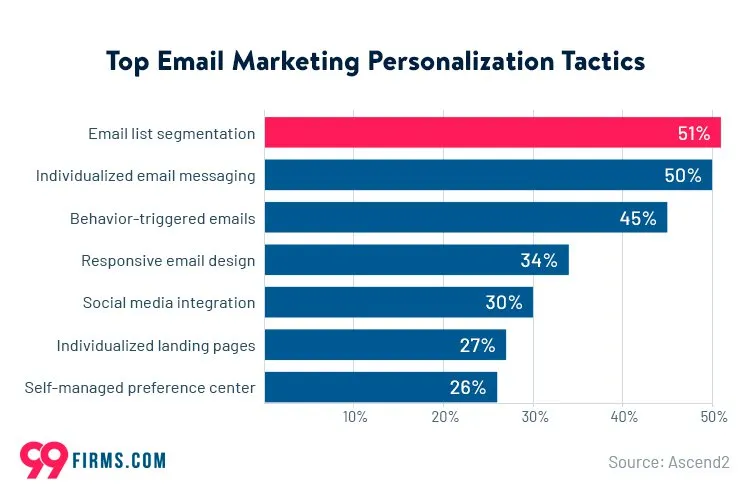




![21 Best Email Marketing Tools to use in {year} [Free & Paid]](https://entail.mayple.com/en-assets/mayple/fit-in/280x280/62e10f114e79bb206d20817d_topemailmarketingsoftwaretools1_c42d224ca7dd5992aa4df6123265cde6_2000-1699775508243.jpg)
